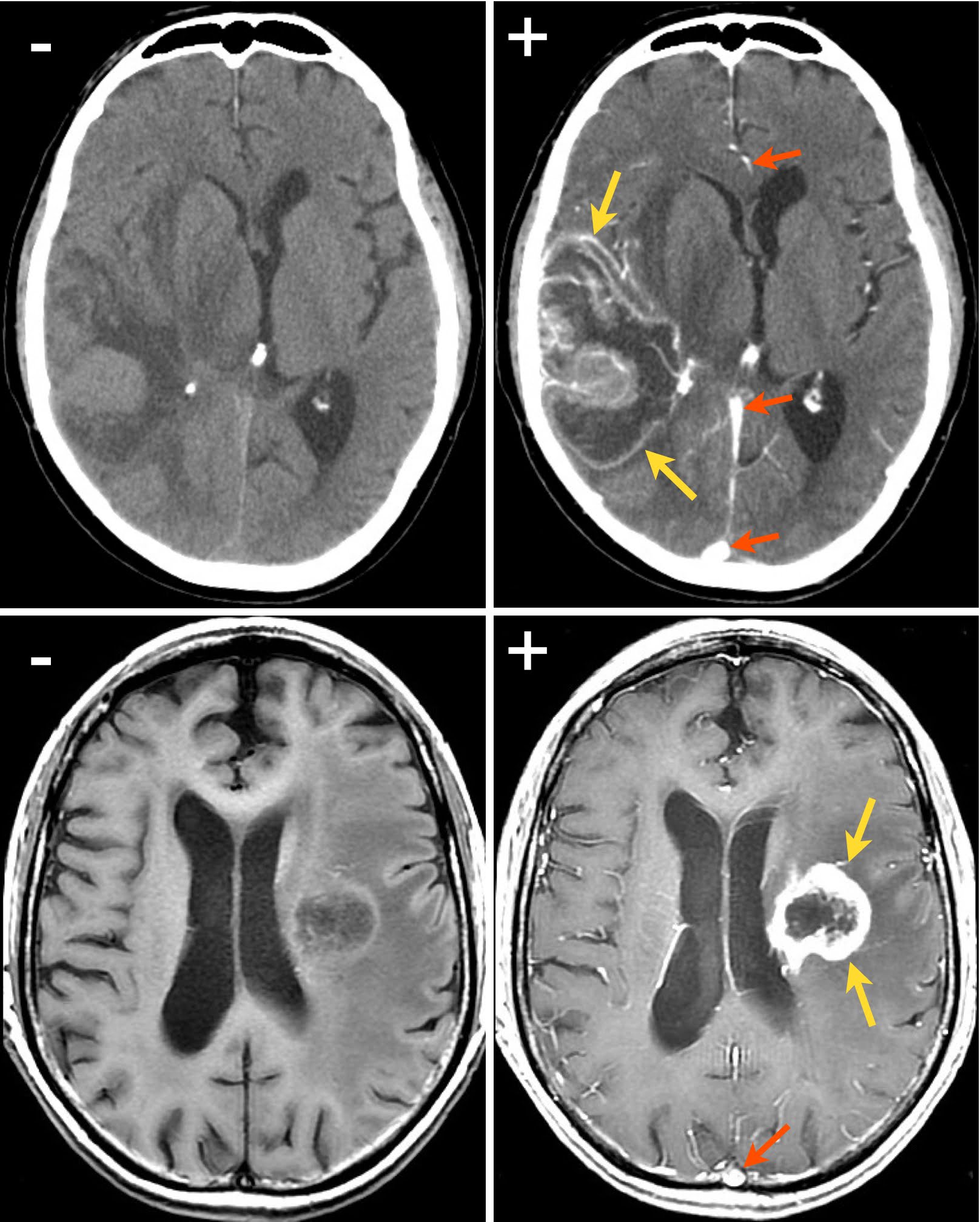


The large share of this segment can be attributed to the increasing number of CT examinations across the globe, coupled with advancements in CT imaging technologies that majorly use injectable contrast media.īased on routes of administration, the contrast media/contrast agents market is segmented into oral, intravascular, rectal, and other routes of administration. X-ray/CT account for the largest share of the contrast media/ contrast agents market. The large share of this segment can be attributed to the growing number of angioplasty procedures performed globally.īased on modality, contrast media/ contrast agents can be segmented into X-ray/CT, MRI and Ultrasound. Iodinated contrast media account for the largest share of the contrast media/ contrast agents market. Updated financial information / product portfolio of playersīased on type, the contrast media/ contrast agents market is segmented into iodinated contrast media, gadolinium-based contrast media, microbubble contrast media, and barum-based contrast media. North America, Europe, Asia Pacific, and the Rest of the World Type, Modality, Route of Administration, Indication, Application, End User and Region Revenue Forecast, Competitive Landscape, Growth Factors, and Trends In contrast, high cost and inaccessibility of advanced therapeutics may restrict market growth to a certain extent. Emerging markets in Asian countries are expected to offer strong growth opportunities for players in the market. The growth in this market can be attributed to the rising prevalence of chronic diseases, growing approvals of contrast agents, rising volume of CT and MRI examinations performed, growing number of diagnostic centers and hospitals, and availability of reimbursement. In terms of revenue was estimated to be worth $5.1 billion in 2022 and is poised to reach $6.1 billion by 2027, growing at a CAGR of 3.7% from 2022 to 2027 according to a latest report published by MarketsandMarkets™. However, the industry is also facing challenges such as the increasing cost of contrast media and the potential risk of adverse reactions to these substances, which will need to be addressed to ensure the industry's continued growth and success. Additionally, ongoing advancements in imaging technology, such as the development of high-resolution imaging and molecular imaging, are expected to further drive demand for contrast media. As the global population ages and chronic diseases become more prevalent, the demand for diagnostic imaging is expected to increase, driving the growth of the contrast media industry. The use of contrast media is particularly important in the diagnosis and monitoring of cancer, cardiovascular disease, and neurological disorders. Contrast media are substances that enhance the visibility of internal organs, blood vessels, and tissues during imaging procedures, such as X-rays, CT scans, and MRI scans. Chicago, (GLOBE NEWSWIRE) - The contrast media industry is expected to experience growth in the near future due to the increasing demand for diagnostic imaging and the rising prevalence of chronic diseases.


 0 kommentar(er)
0 kommentar(er)
